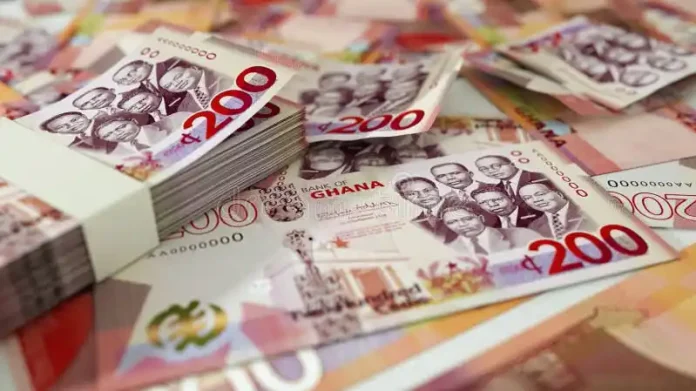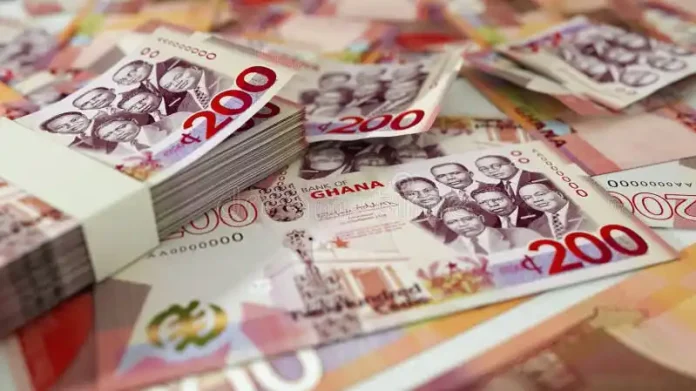
Currency circulating outside Ghana’s banking system fell to GH₵58.1 billion in June, the lowest level this year, signaling shifting monetary behavior amid cooling inflation.
Bank of Ghana data reveals a notable decline from the GH₵62 billion monthly average maintained between January and May 2025.
Economists link the trend to the central bank’s earlier tight monetary stance, which held the policy rate at 28% through mid-year.
As inflation dropped to 13.7% in June (a 3.5-year low) and further to 12.1% in July, households and businesses appear more willing to deposit funds rather than hold physical cash. Improved macroeconomic confidence played a role too: Ghana’s sovereign credit rating upgrade to B- in June boosted trust in formal banking channels.
Parallel to this, bank reserves at the central bank plunged to GH₵46.8 billion in June from April’s GH₵74.2 billion peak, confirming broader liquidity tightening. The Bank of Ghana’s subsequent 300-basis-point rate cut to 25% in July suggests policymakers now prioritize stimulating credit growth after inflation containment succeeded.
